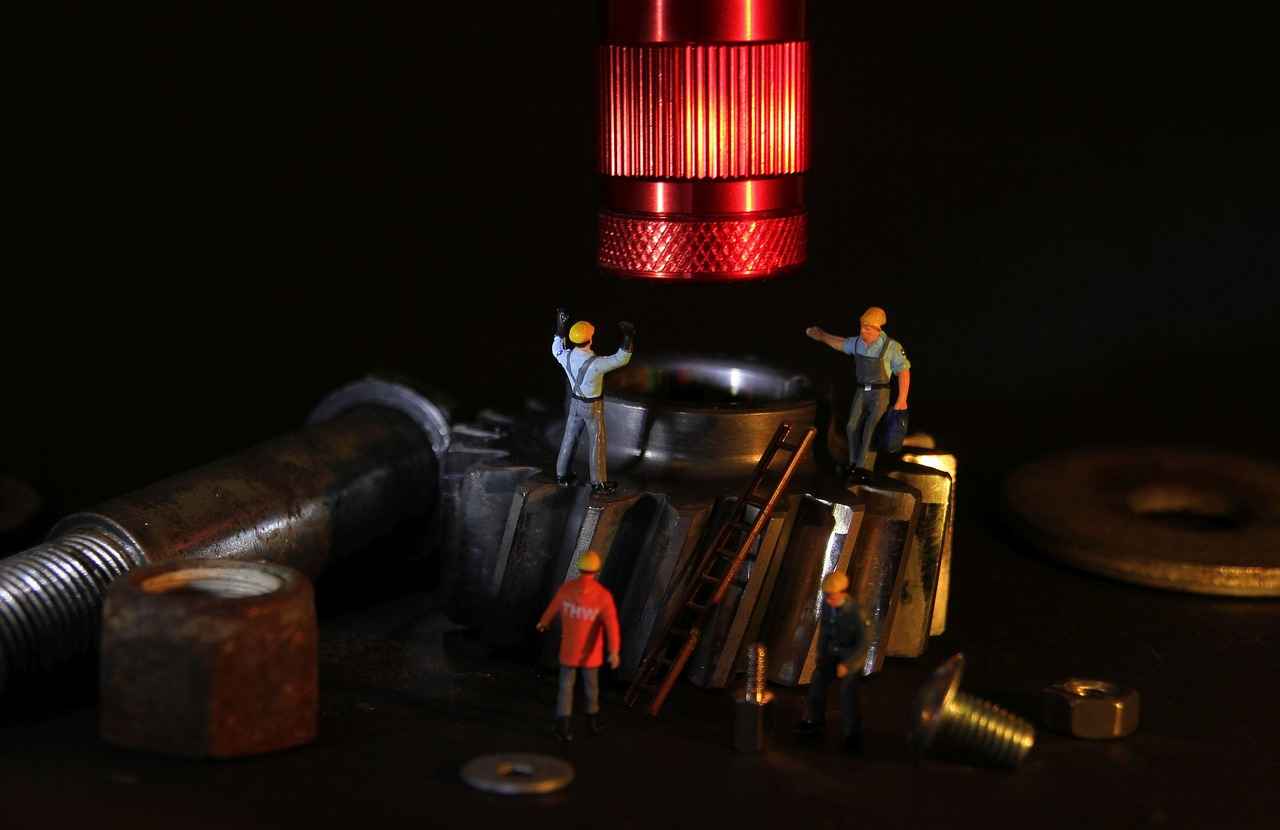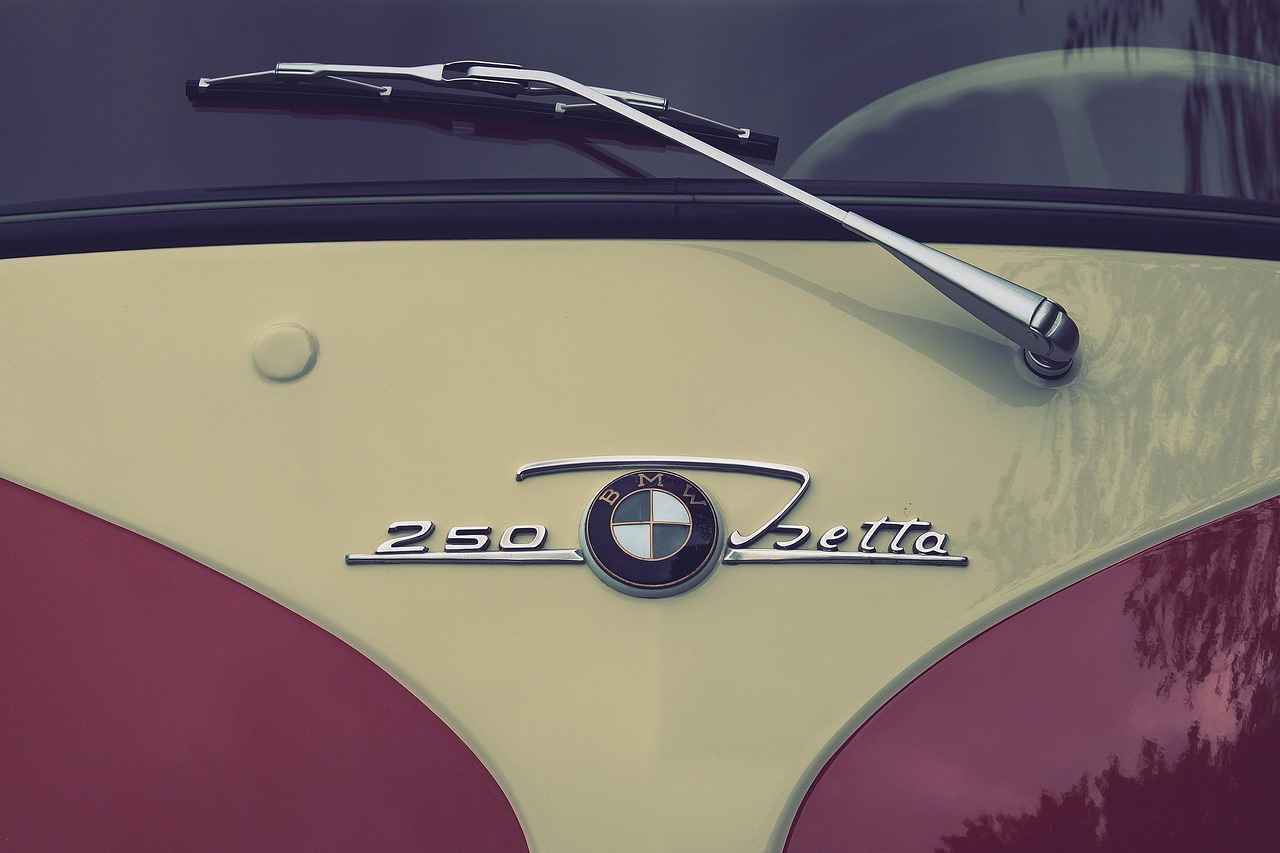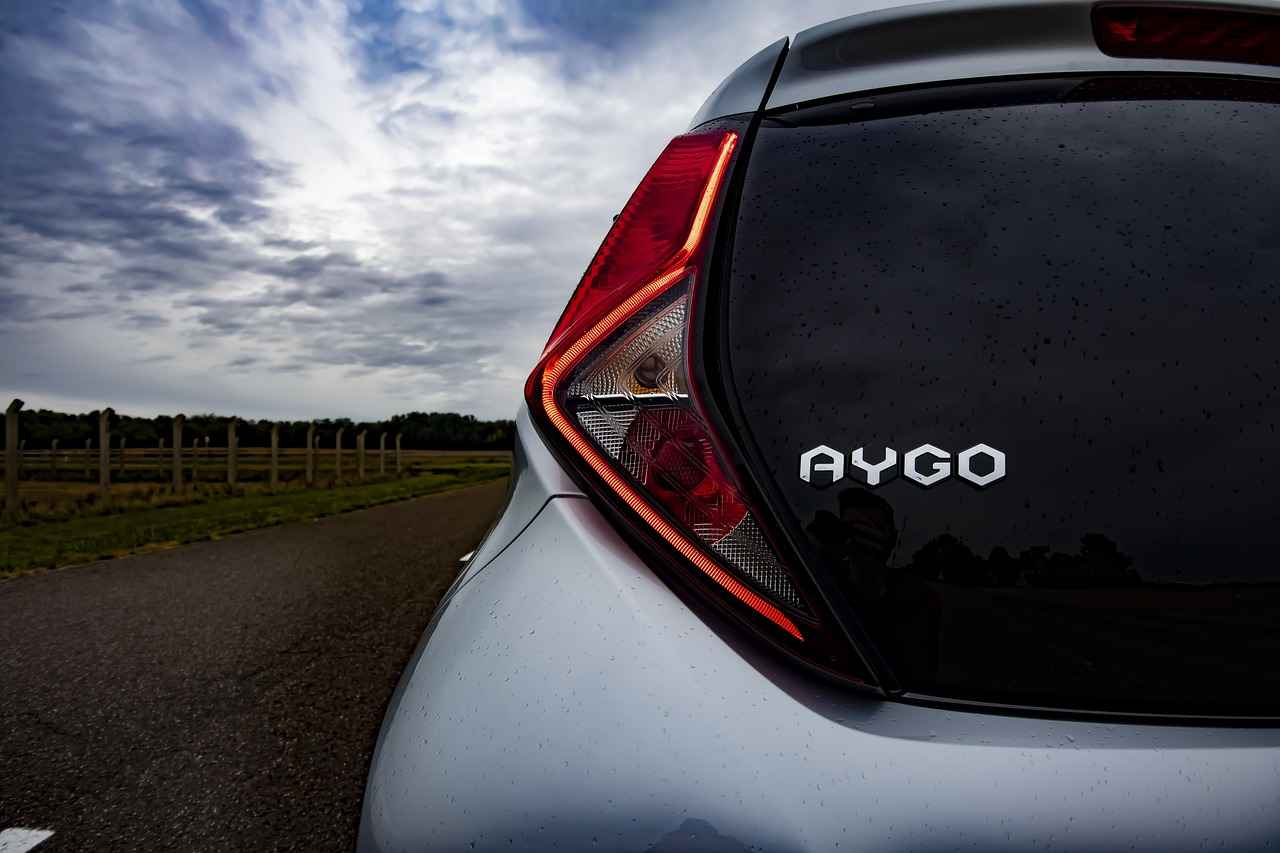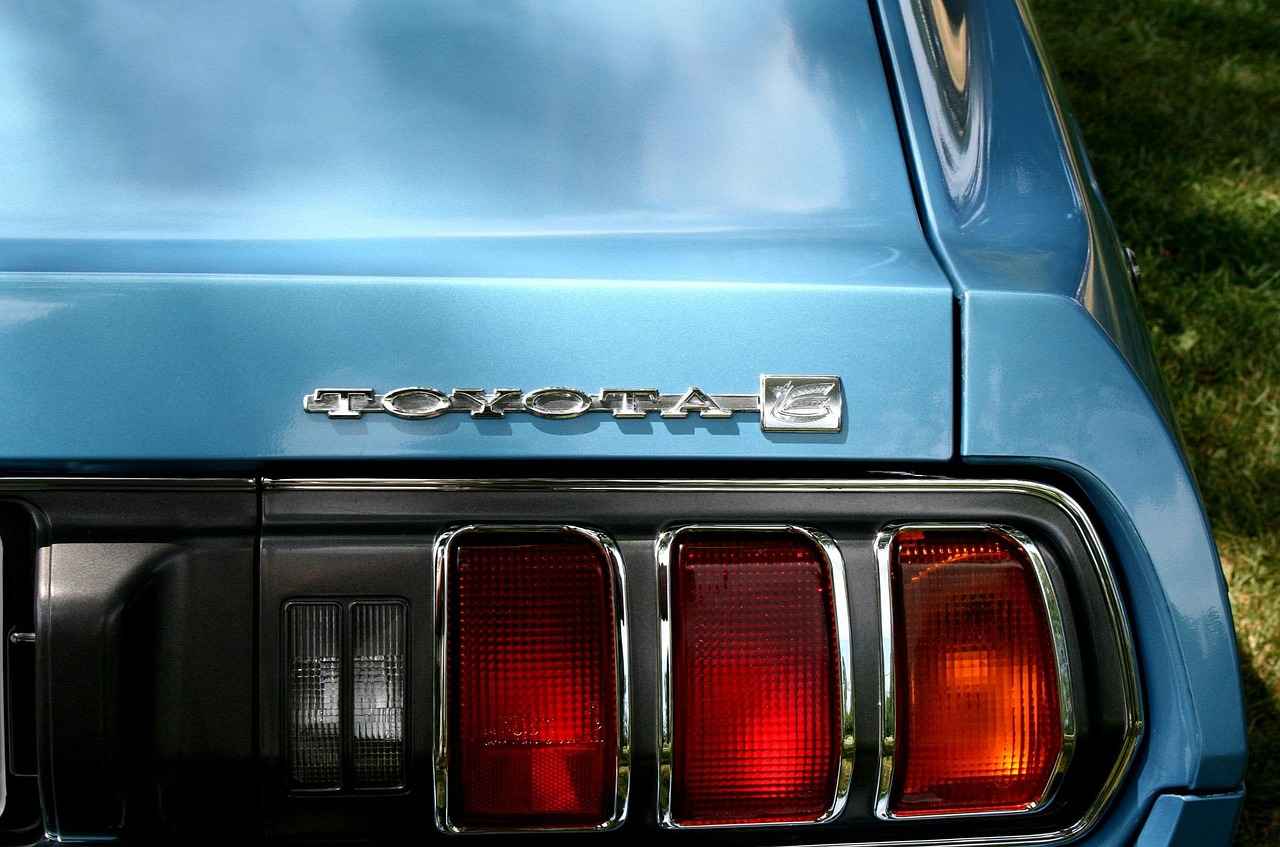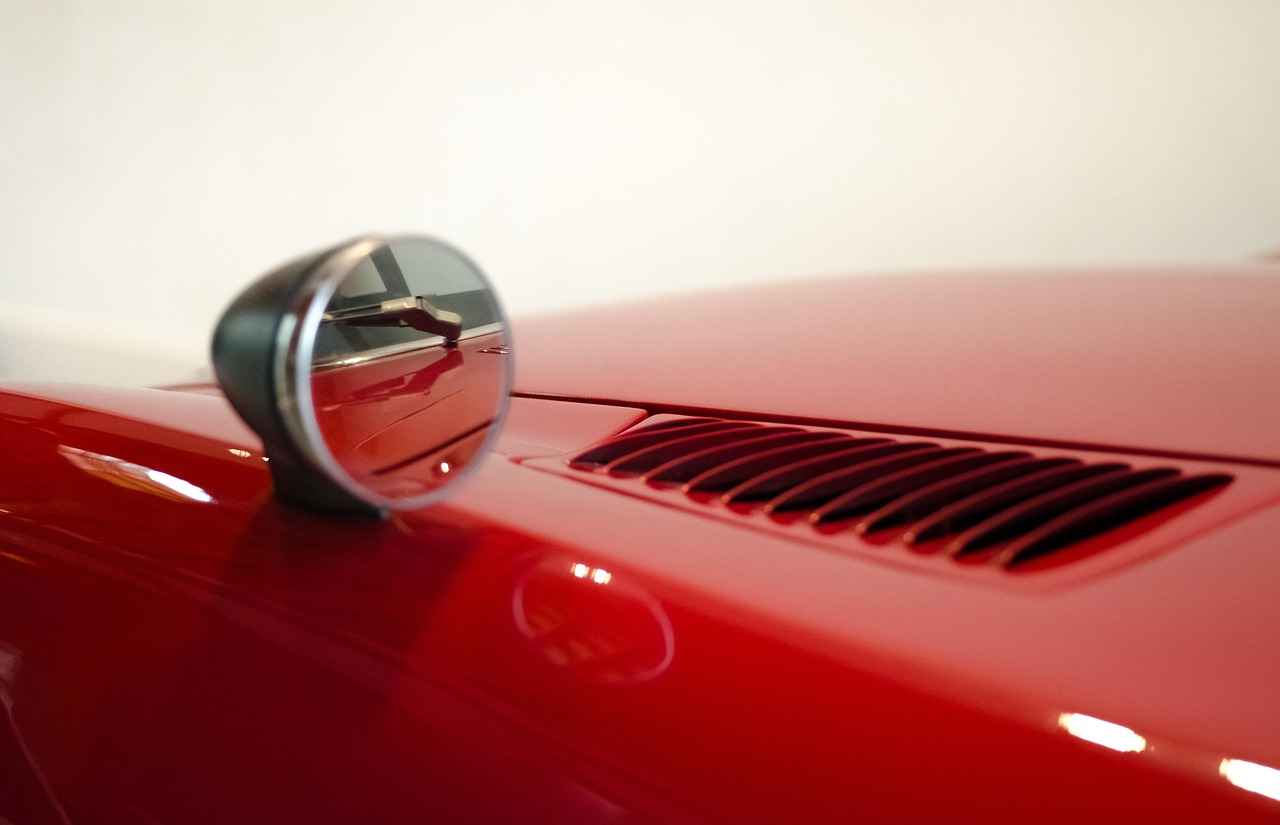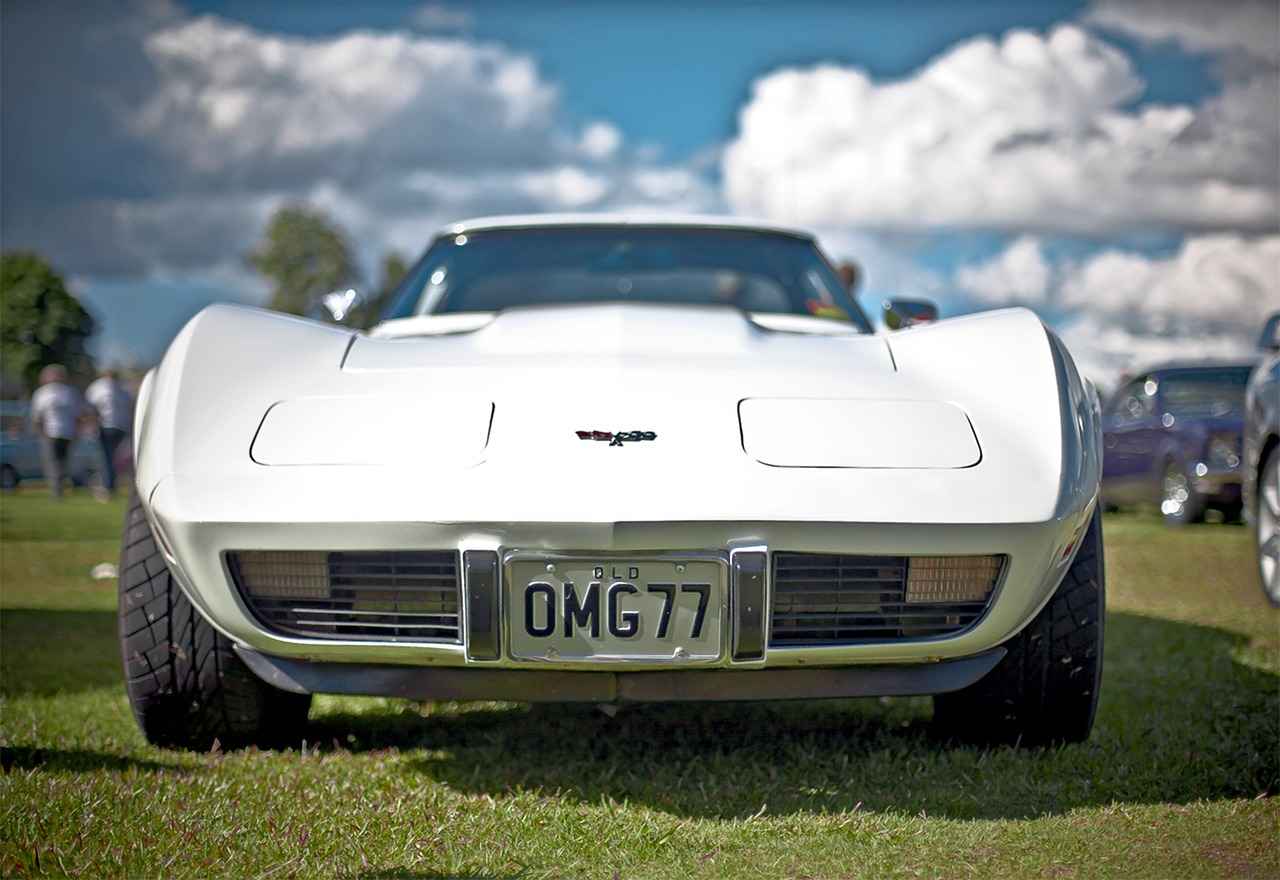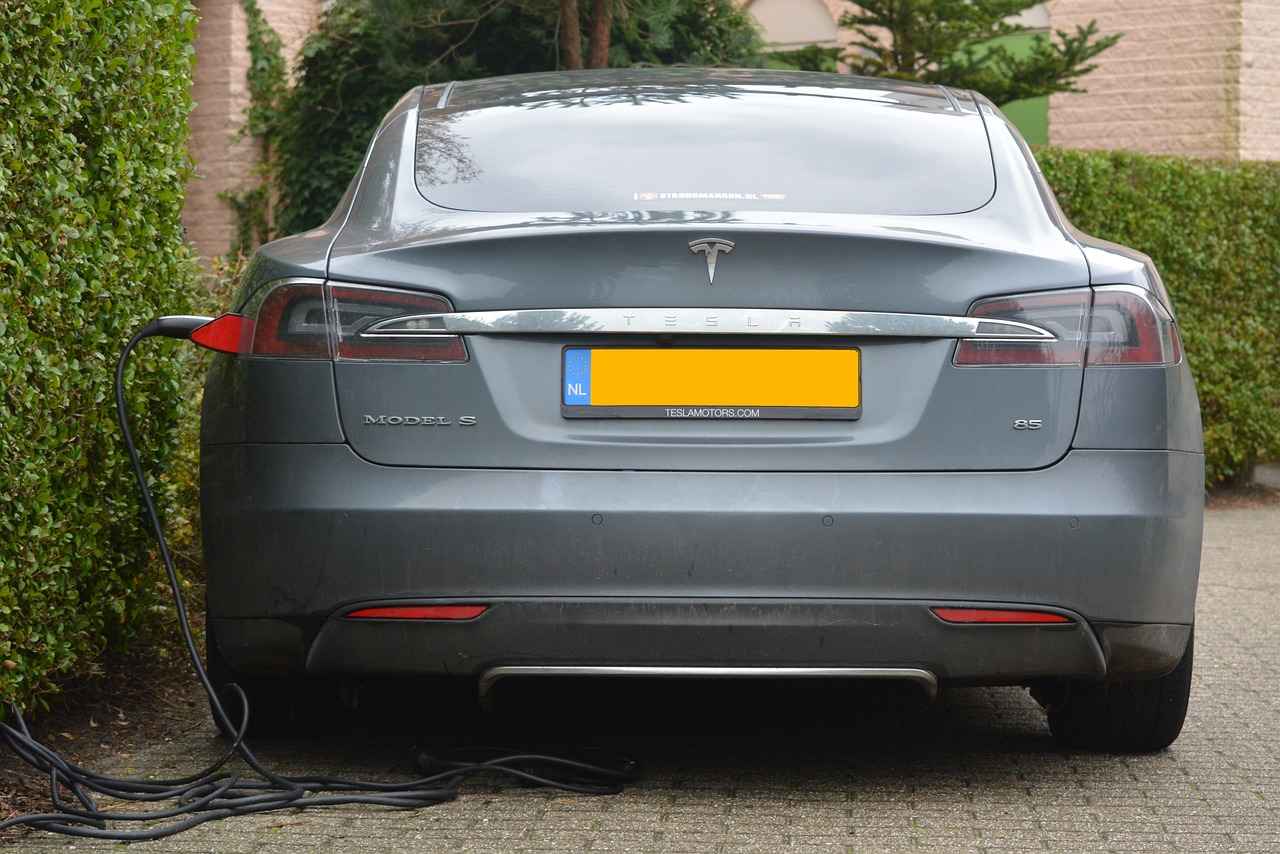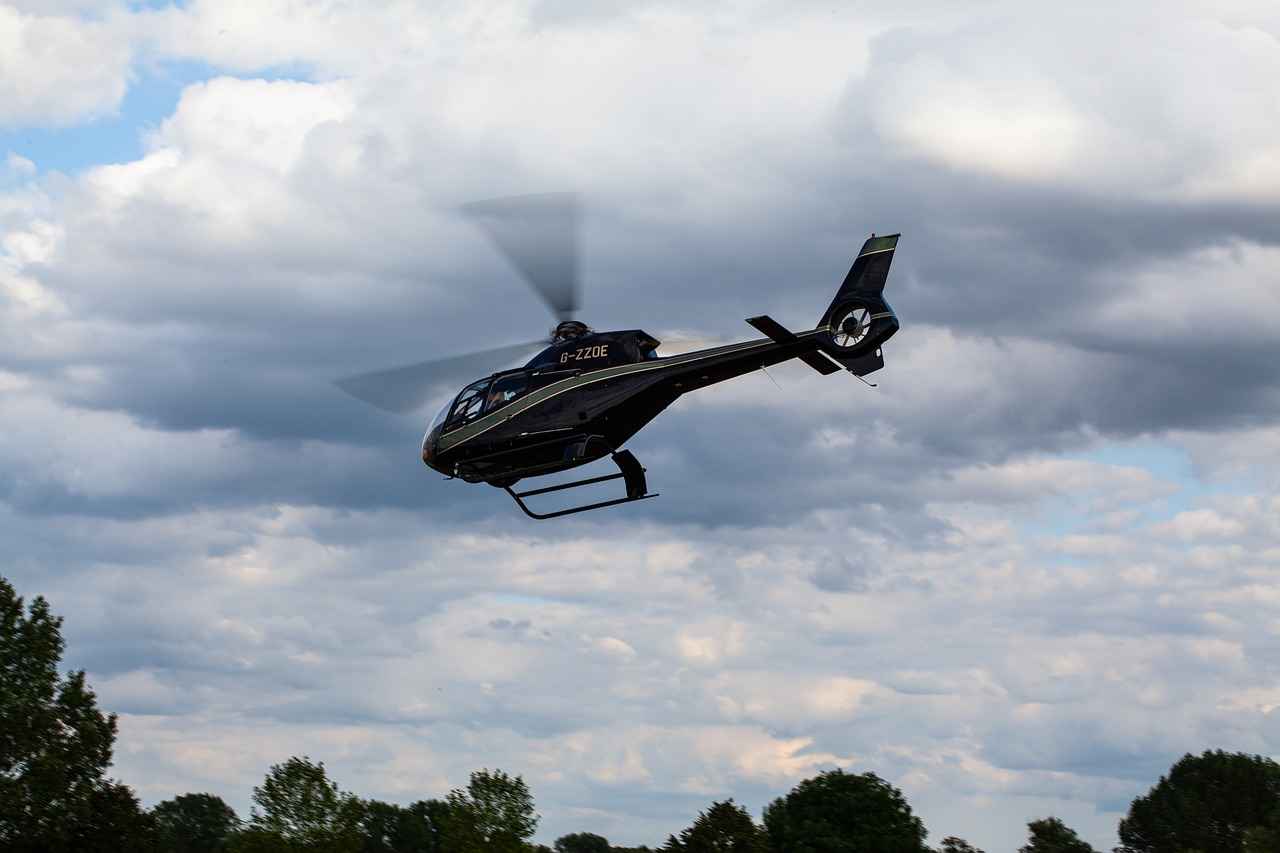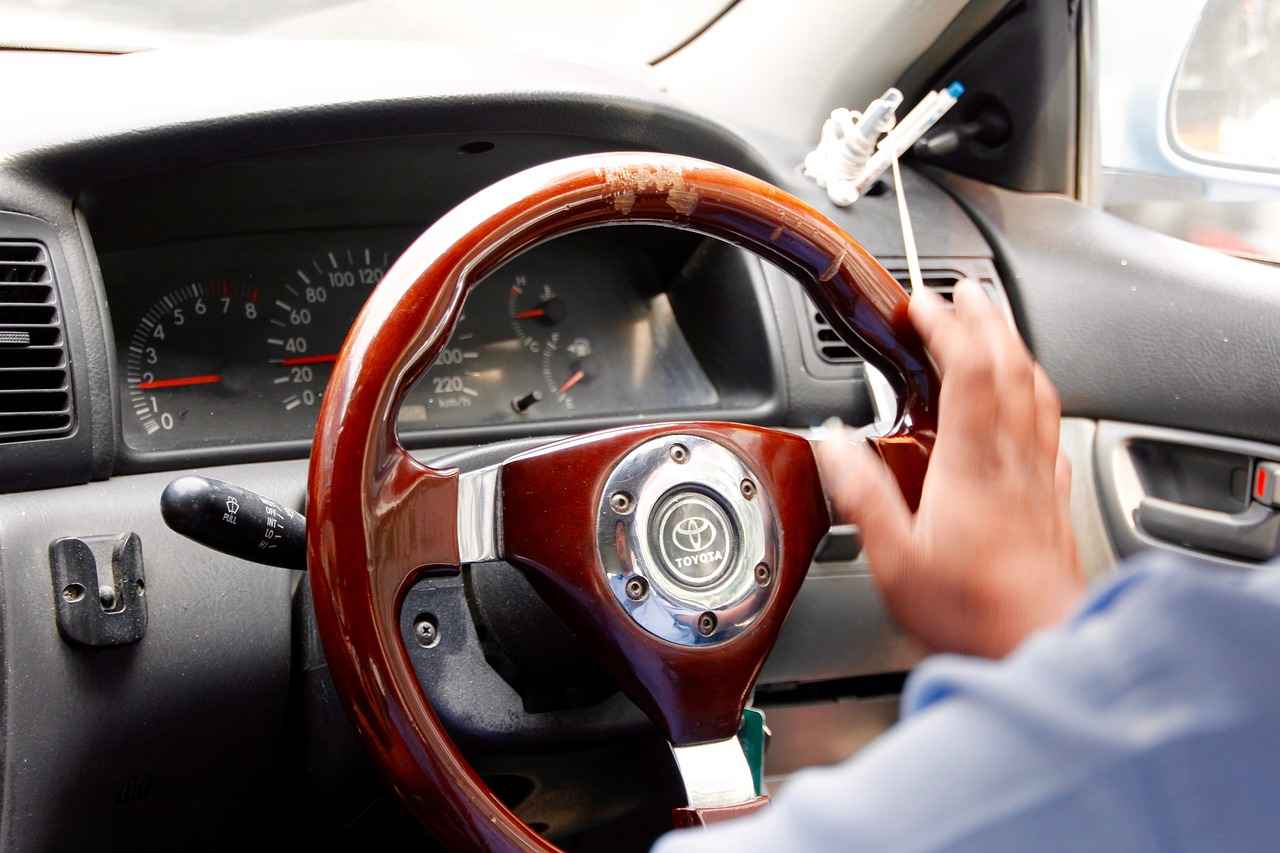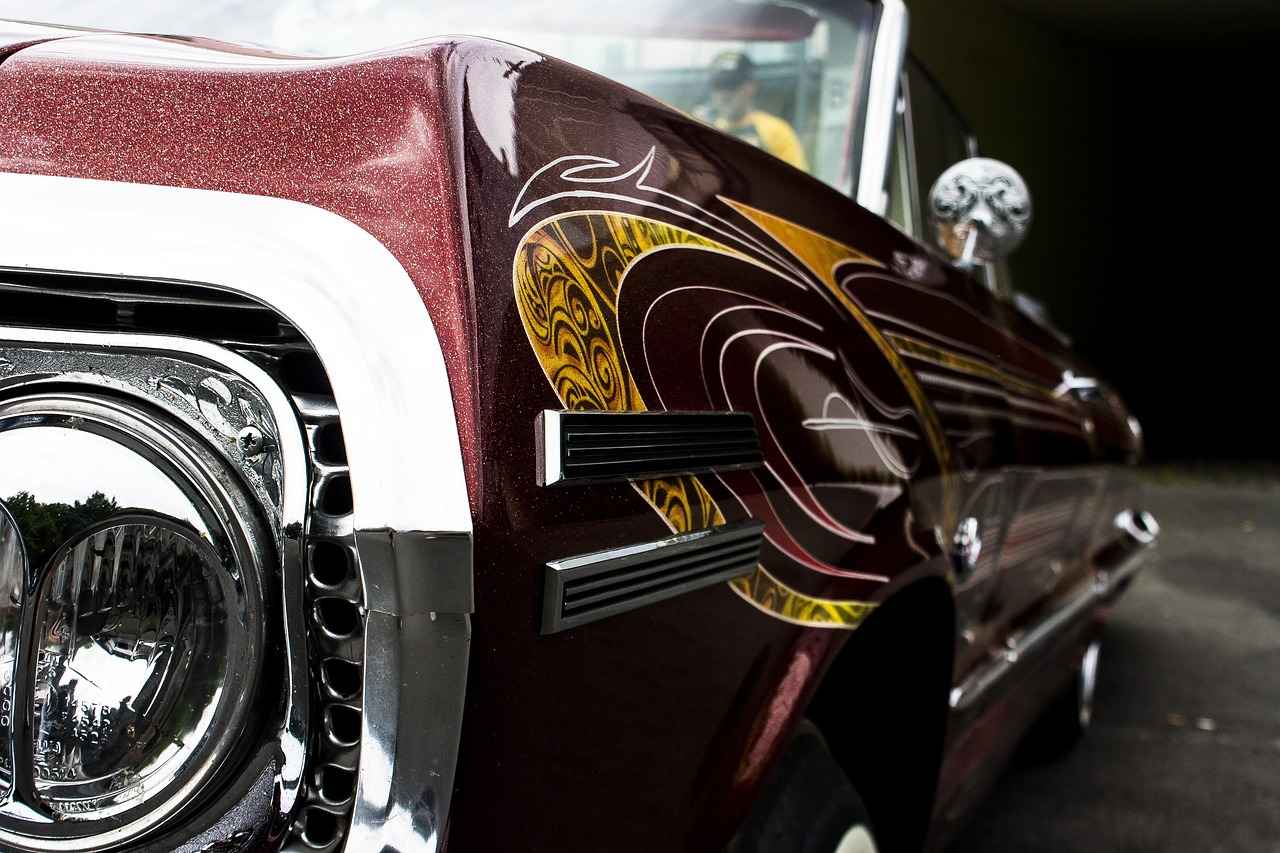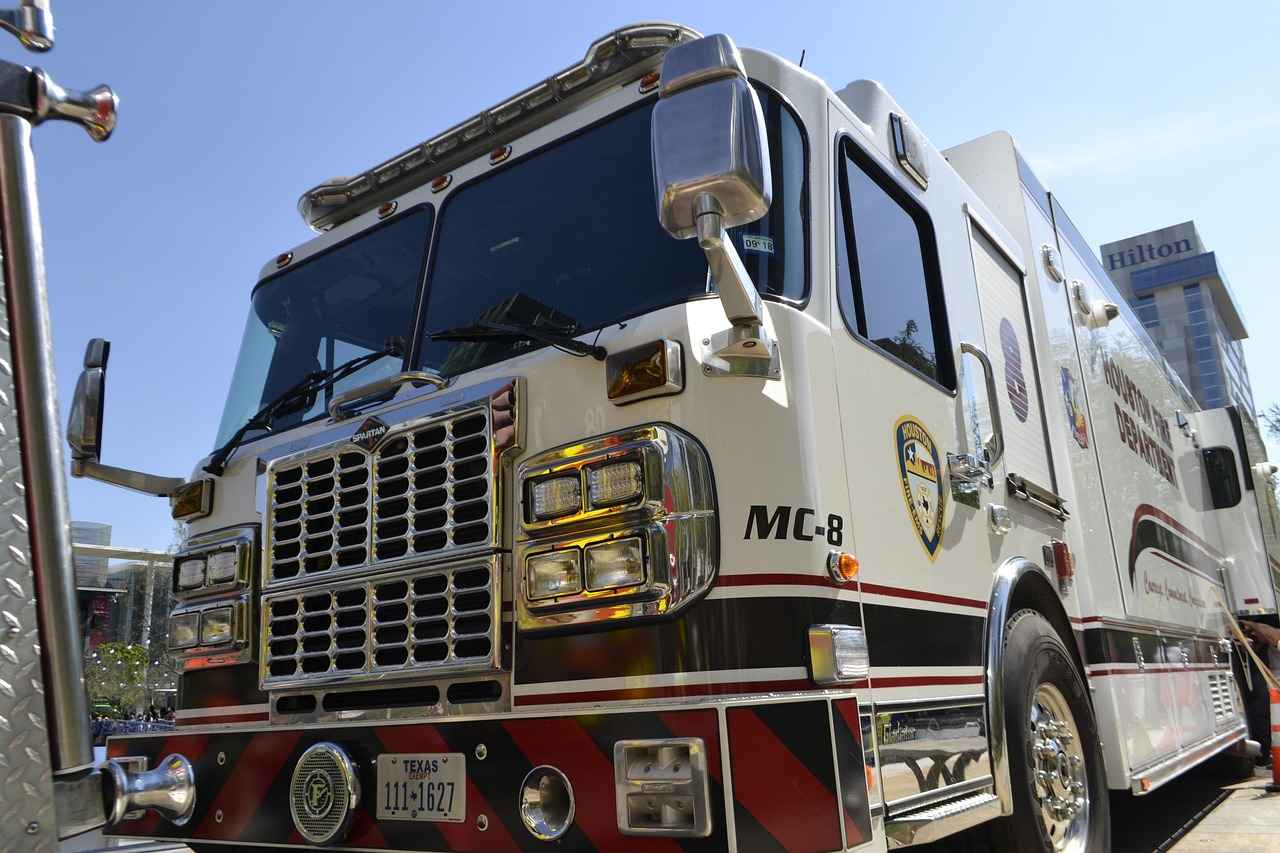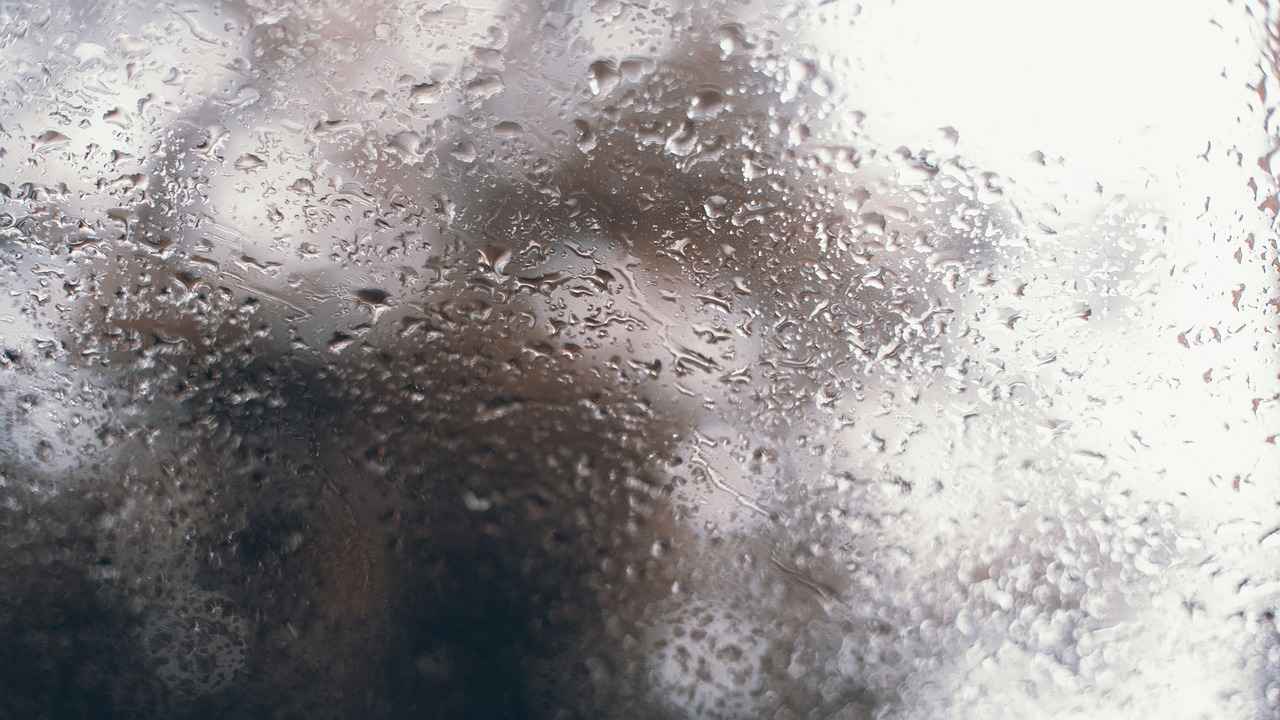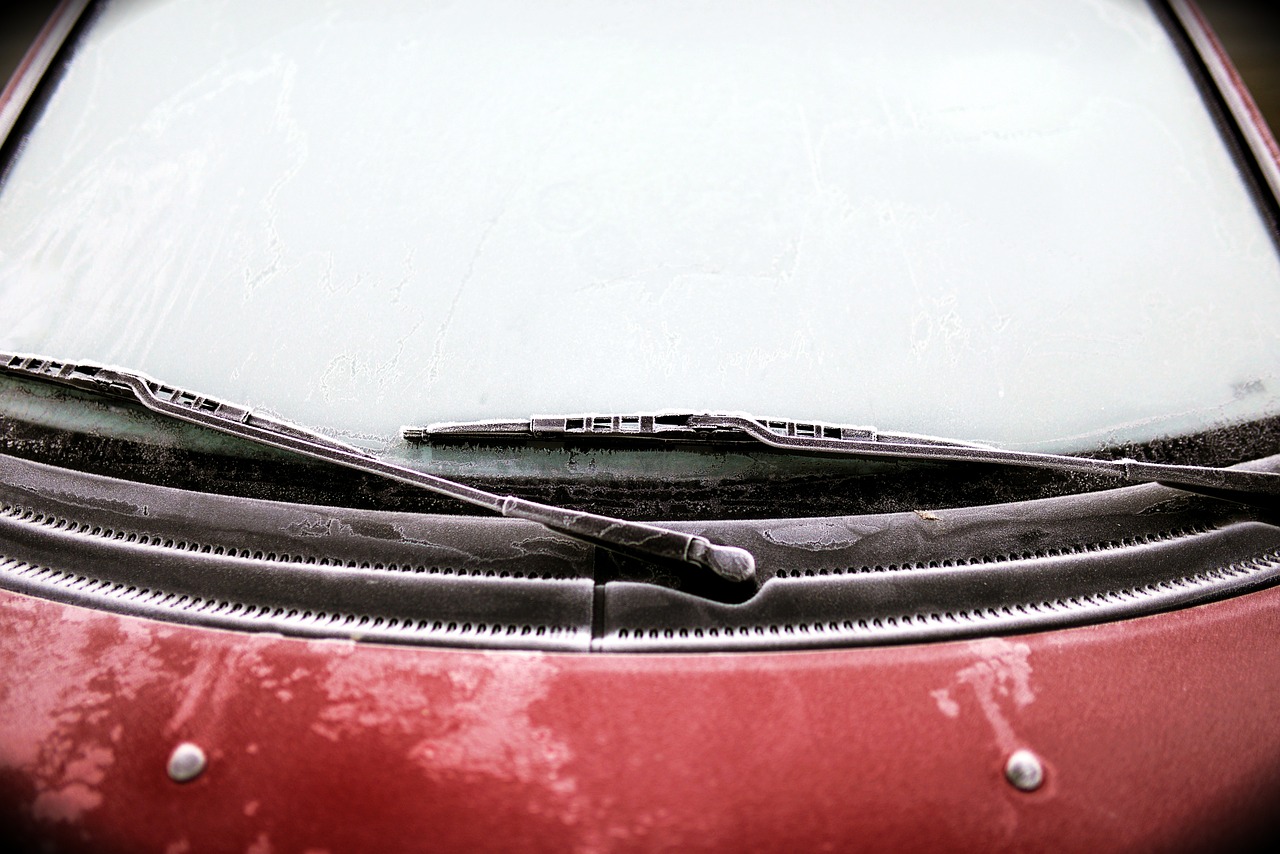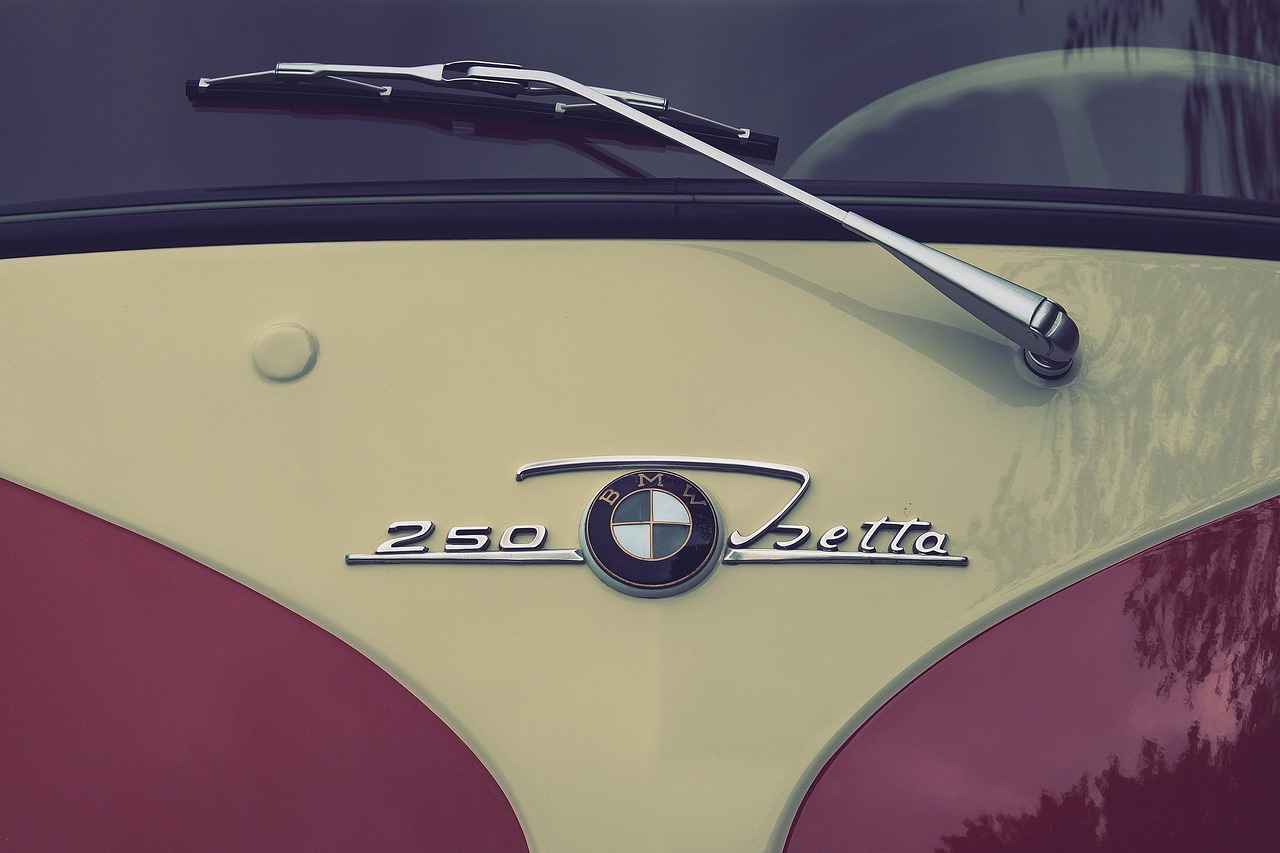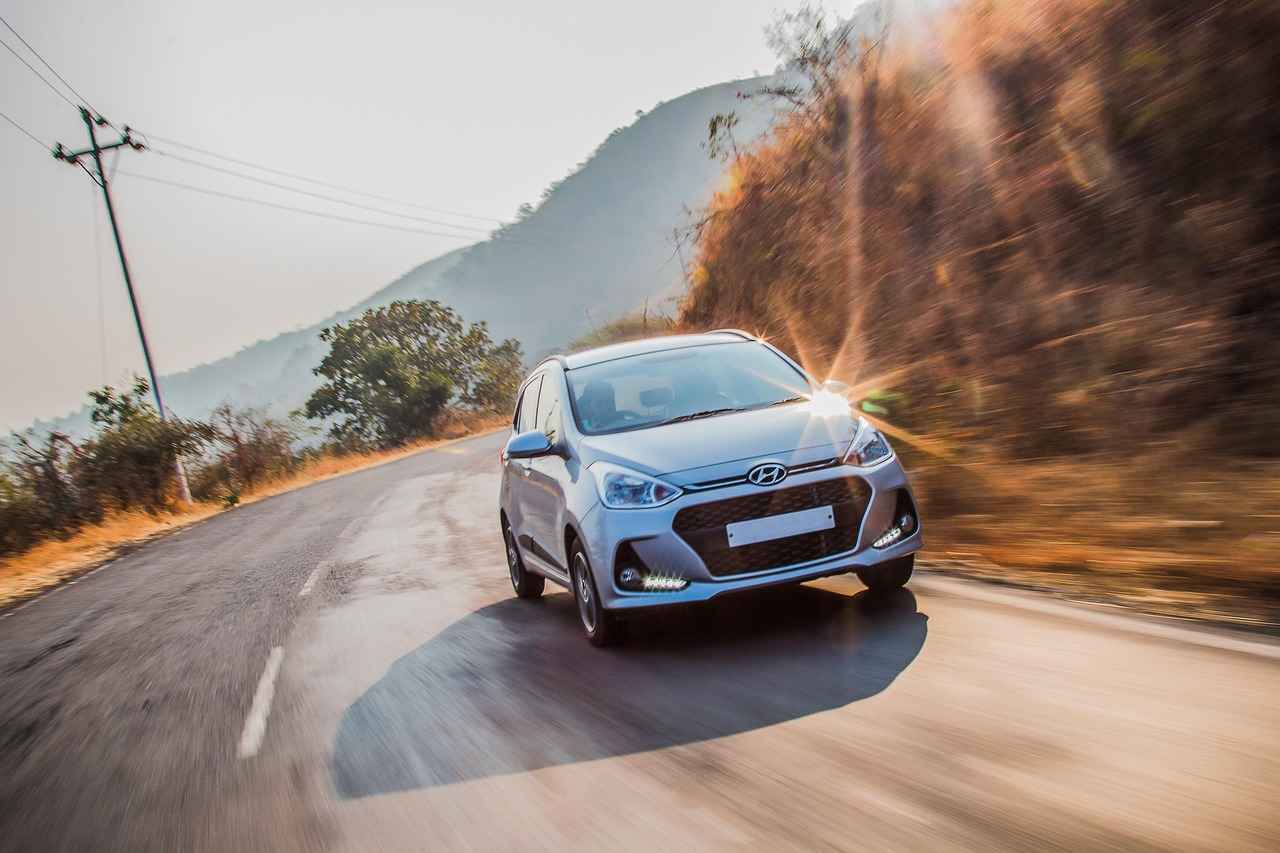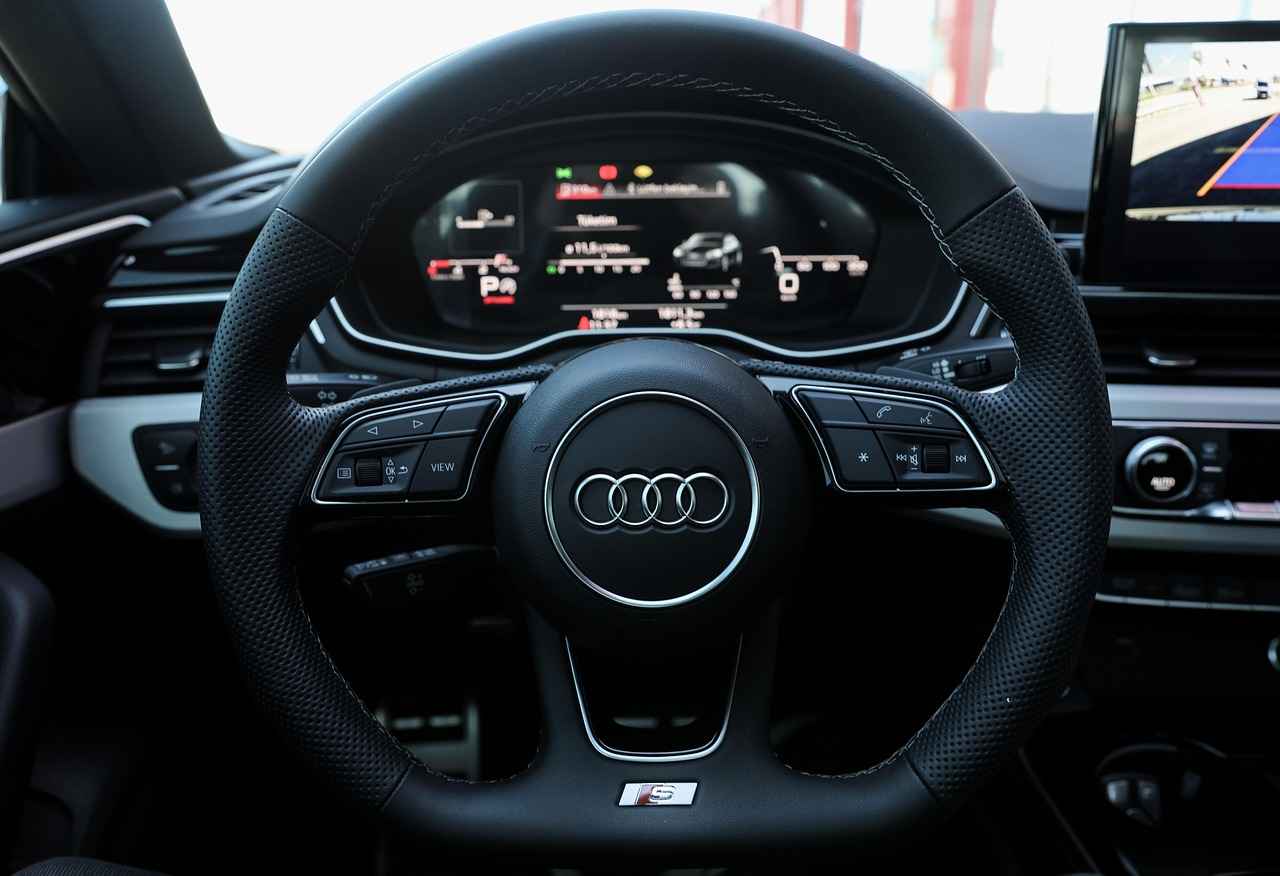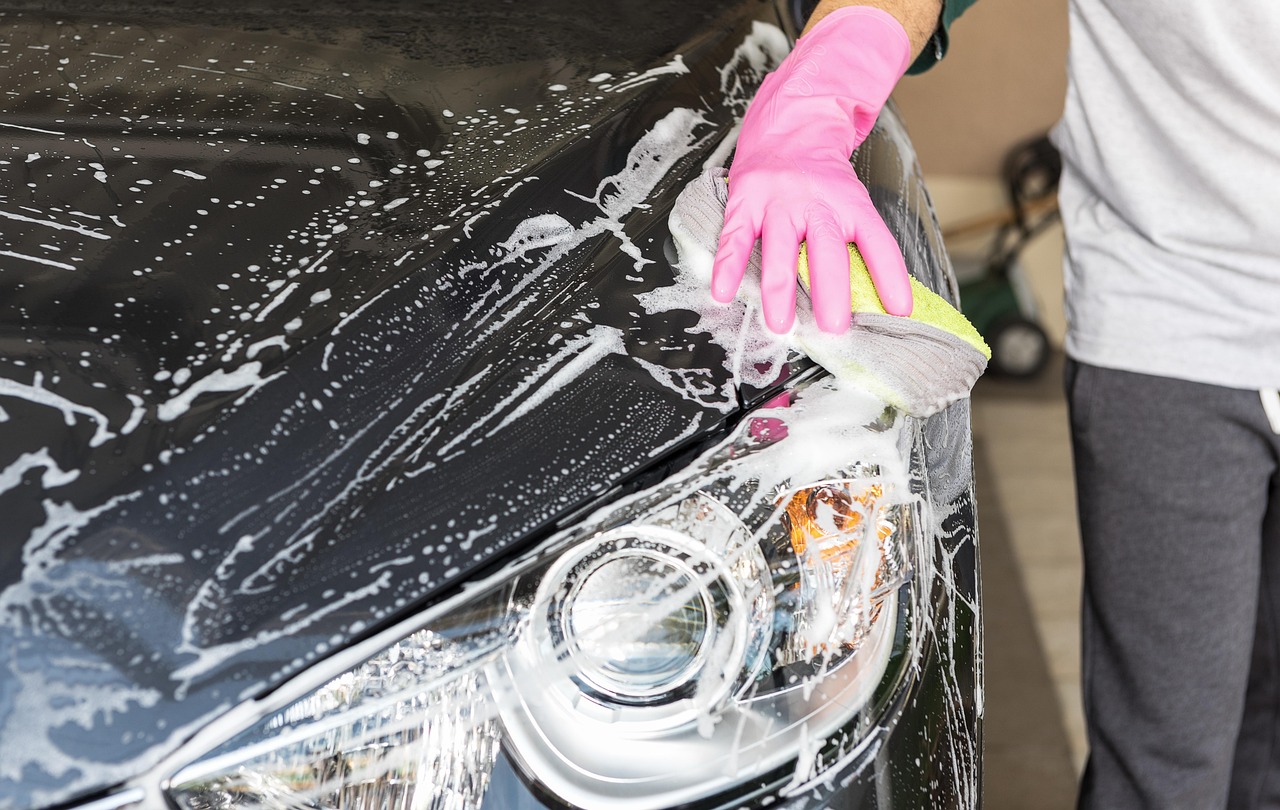Choosing the right windshield wipers is essential for ensuring clear visibility and safety while driving. With various options available on the market, understanding the types of wipers, their features, and how to select the best fit for your vehicle is crucial. This guide aims to provide you with comprehensive insights into windshield wipers, helping you make an informed decision.
Windshield wipers come in several types, each designed to meet specific needs. The primary categories include:
- Conventional Wipers: These are the traditional wipers that consist of a rubber blade attached to a metal frame. They are typically more affordable but may not provide the best performance in extreme weather.
- Beam Wipers: Featuring a sleek, frameless design, beam wipers offer better contact with the windshield, enhancing visibility during rain and snow. They are often more durable and provide a smoother wipe.
- Hybrid Wipers: Combining features of both conventional and beam wipers, hybrid wipers offer the best of both worlds. They have a streamlined design for improved aerodynamics while retaining the structural support of a frame.
Selecting the correct size for your windshield wipers is vital for optimal performance. Properly sized wipers ensure full coverage and reduce the risk of streaking or missed spots.
The size of your windshield wipers directly impacts their effectiveness. Wipers that are too long may overlap and cause damage, while those that are too short may leave portions of the windshield unwiped. Therefore, measuring your current wipers or consulting your vehicle’s manual is essential.
To measure your windshield wiper size accurately, follow these steps:
- Use a tape measure to determine the length of your current wipers.
- Refer to your vehicle’s manual for the recommended wiper sizes.
- Consider measuring from the base of the wiper arm to the tip of the blade.
Many auto parts stores and online retailers provide wiper size charts based on your vehicle’s make and model. Checking these resources can save time and ensure accuracy in your selection.
Several factors influence your choice of windshield wipers:
- Weather Conditions: If you frequently drive in rain, snow, or extreme heat, consider wipers designed for those conditions.
- Driving Habits: If you often drive on highways, look for wipers that offer higher speeds without skipping.
- Materials: Wipers made from high-quality rubber or silicone tend to last longer and perform better.
Investing in premium windshield wipers can offer numerous advantages:
- Improved Visibility: Premium wipers often feature advanced designs that ensure better contact with the windshield, resulting in clearer visibility during adverse weather.
- Durability: Higher-quality materials enhance the lifespan of the wipers, reducing the frequency of replacements.
- Performance: Premium wipers are engineered to perform better at high speeds and under various weather conditions.
The lifespan of windshield wipers varies by type and quality:
- Conventional wipers typically last around 6-12 months.
- Beam wipers can last up to 2 years or more, depending on usage and conditions.
- Hybrid wipers usually fall between the two, lasting around 1-2 years.

What Are the Different Types of Windshield Wipers?
When it comes to maintaining safe visibility while driving, choosing the right windshield wipers is essential. There are several types of windshield wipers available, each designed to cater to different driving conditions and vehicle types. Understanding the various options can help you make an informed decision that enhances your driving experience.
Windshield wipers can be categorized into three primary types: conventional wipers, beam wipers, and hybrid wipers. Each type has unique features that make them suitable for specific conditions. Here’s a closer look at each type:
- Conventional Wipers: These are the traditional wipers that many vehicles use. They consist of a metal frame and a rubber blade. They are generally more affordable and easy to replace. However, they may not perform as well in extreme weather conditions due to their design.
- Beam Wipers: Beam wipers feature a sleek, frameless design that allows for better contact with the windshield. They are made from a single piece of rubber, which helps them conform better to the shape of the glass. This design minimizes streaking and improves visibility, especially in heavy rain or snow.
- Hybrid Wipers: As the name suggests, hybrid wipers combine elements of both conventional and beam wipers. They typically have a sturdy frame for durability while incorporating the sleek design of beam wipers. This combination allows for effective performance in various weather conditions, making them a versatile choice for many drivers.
Each type of wiper has its advantages and disadvantages. Conventional wipers are cost-effective but may not offer the same level of performance as beam or hybrid options. Beam wipers excel in terms of visibility and flexibility, while hybrid wipers provide a balance of both worlds.
Understanding the differences between these wipers is crucial for several reasons:
- Weather Conditions: Depending on where you live, certain types of wipers may be more effective. For instance, if you often drive in heavy rain or snow, beam wipers might be the best choice.
- Vehicle Compatibility: Not all wipers fit every vehicle. Knowing the types available can help you select the right one that fits your car’s specifications.
- Performance Expectations: Different wipers offer varying levels of performance. Understanding this can help you set realistic expectations regarding visibility and safety.
When selecting windshield wipers, consider the following factors:
- Size: Ensure you choose the correct size for your vehicle. Refer to your owner’s manual or check online resources for size specifications.
- Material: Look for wipers made from high-quality rubber or silicone, which can withstand wear and tear better than cheaper alternatives.
- Driving Conditions: Consider your typical driving conditions. If you frequently encounter heavy rain, opt for beam or hybrid wipers for enhanced performance.
By understanding the different types of windshield wipers and considering the factors that influence your choice, you can ensure that you select the best wipers for your vehicle. This not only enhances your visibility but also contributes to your overall safety on the road.

How Do I Choose the Right Size for My Windshield Wipers?
Choosing the correct size for your windshield wipers is essential for ensuring optimal performance and safety during your drives. Worn or incorrectly sized wipers can lead to reduced visibility, which can be dangerous in adverse weather conditions. In this guide, we will explore how to measure your windshield wipers accurately and find the right fit for your vehicle.
The size of your windshield wipers plays a significant role in their effectiveness. Properly sized wipers ensure complete coverage of your windshield, which minimizes the risk of streaking and missed spots. When wipers are too short, they may not clear enough surface area, while overly long wipers can damage your windshield or the wiper mechanism.
Measuring your windshield wipers is a straightforward process. Here’s how to do it:
- Step 1: Use a tape measure to determine the length of your current wipers. Measure from the tip of the blade to the point where it connects to the wiper arm.
- Step 2: If you do not have your current wipers, consult your vehicle’s manual. It typically includes the specifications for the correct wiper sizes.
- Step 3: Check online resources or auto parts store charts, which often list wiper sizes based on your vehicle’s make and model.
Many auto parts stores and online retailers offer wiper size charts that can help you identify the correct size for your vehicle. These charts are usually based on the year, make, and model of your car, ensuring that you find the perfect fit. Additionally, some websites allow you to input your vehicle information to receive personalized recommendations.
In addition to size, several factors can influence your choice of windshield wipers:
- Weather Conditions: If you live in an area with heavy rain or snow, consider investing in premium wipers designed for such conditions.
- Driving Habits: Frequent highway driving may require more durable wipers that can withstand higher speeds and debris.
- Material Quality: Wipers made from high-quality materials often last longer and perform better.
Choosing the correct size for your windshield wipers can lead to numerous benefits:
- Improved Visibility: Properly sized wipers ensure that the entire windshield is cleared, enhancing your visibility during rain or snow.
- Extended Lifespan: Wipers that fit correctly are less likely to wear out prematurely, saving you money in the long run.
- Enhanced Safety: With improved visibility comes increased safety, as you are better equipped to see the road ahead.
In summary, selecting the right size for your windshield wipers is a critical aspect of vehicle maintenance. By measuring your current wipers, consulting reliable resources, and considering various factors, you can make an informed decision that enhances your driving experience. Remember, properly functioning windshield wipers are not just a convenience; they are a vital element of safe driving.
Why Is Size Important for Windshield Wipers?
When it comes to maintaining a safe driving experience, windshield wipers play a crucial role. One often-overlooked aspect of their functionality is the size of the wipers. Understanding why size matters can significantly impact your visibility during adverse weather conditions.
The size of your windshield wipers directly influences their ability to clear rain, snow, and debris from your windshield. Properly sized wipers ensure full coverage, allowing them to make contact with the entire glass surface. This is essential for:
- Optimal Visibility: Wipers that are too short may leave sections of the windshield untouched, leading to dangerous blind spots.
- Reduced Streaking: Wipers that are either too long or too short can create streaks, which obstruct your view and can be particularly hazardous at night or in low-light conditions.
- Improved Safety: With full coverage, the risk of accidents due to impaired visibility decreases significantly.
Using windshield wipers that are not the correct size can lead to several issues:
- Increased Wear and Tear: Wipers that are too large may put unnecessary strain on the wiper motor, leading to premature failure.
- Noise and Vibration: Wipers that do not fit properly can cause annoying noises and vibrations while in operation.
- Shortened Lifespan: Incorrectly sized wipers may need to be replaced more frequently, leading to increased maintenance costs.
To ensure you select the right size wipers for your vehicle, follow these steps:
- Use a Tape Measure: Measure the length of your current wipers from end to end.
- Check Your Vehicle Manual: Most manuals provide specifications for the correct wiper sizes.
- Consult Online Resources: Websites and auto parts stores often have size charts based on your vehicle’s make and model.
Guessing the size of your windshield wipers can lead to a host of problems. Not only can it result in purchasing the wrong size, but it can also compromise your safety on the road. Investing the time to accurately measure or consult resources ensures you get the best fit for your vehicle.
Choosing the correct size for your windshield wipers comes with numerous benefits:
- Enhanced Performance: Properly sized wipers provide better contact with the windshield, improving their cleaning efficiency.
- Longer Lifespan: Wipers that fit correctly are less likely to suffer from wear and tear, extending their overall lifespan.
- Cost-Effectiveness: While investing in the right size wipers may seem trivial, it can save you money in the long run by reducing replacements and repairs.
In conclusion, understanding the importance of windshield wiper size is key to ensuring safety and visibility while driving. By selecting the right size, you can enhance the performance of your wipers and enjoy a clearer view during inclement weather.
How to Measure Windshield Wiper Size?
When it comes to ensuring your vehicle’s windshield wipers function effectively, knowing the correct size is essential. The right size not only guarantees optimal performance but also enhances your driving safety during adverse weather conditions. In this section, we’ll delve into the methods of measuring your windshield wiper size accurately, ensuring you can find the perfect replacement.
Using incorrectly sized windshield wipers can lead to a host of problems, including poor visibility and streaking. If the wipers are too short, they may not cover the entire windshield, leaving critical areas unprotected from rain or debris. Conversely, if they are too long, they may scrape against the edges of the windshield or even damage the vehicle’s paintwork. Therefore, measuring your wipers accurately is a crucial step in maintaining your vehicle’s safety.
To measure your windshield wiper size, follow these simple steps:
- Gather Your Tools: You will need a tape measure or a ruler. If you have access to your vehicle’s manual, it can also provide the exact wiper size.
- Remove the Wipers: For the most accurate measurement, it’s best to remove the wipers from the vehicle. This allows you to measure them without any obstructions.
- Measure the Length: Place the tape measure at the base of the wiper arm and extend it to the tip of the blade. Note the measurement in inches, as this is the standard unit for wiper sizes.
- Check Both Wipers: Remember that many vehicles have different sizes for the driver’s side and passenger’s side wipers. Be sure to measure both to ensure you purchase the correct replacements.
If you prefer not to measure your wipers, there are alternative methods to find the correct size:
- Vehicle Manual: Your vehicle’s manual is the most reliable source for wiper sizes. It often contains specifications for all replacement parts, including wipers.
- Online Resources: Many automotive websites and online retailers provide comprehensive size charts based on your vehicle’s make and model. These charts can save you time and help ensure accuracy.
- In-Store Assistance: Auto parts stores often have staff who can assist you in finding the right wiper size based on your vehicle’s details.
If you’re still uncertain about the correct size after measuring or consulting resources, consider the following tips:
- Ask for Help: Don’t hesitate to ask for assistance from professionals at auto parts stores or mechanics.
- Check Online Reviews: Many online forums and review sites discuss common issues with specific vehicle models, including wiper sizes.
In conclusion, measuring your windshield wiper size accurately is a straightforward yet vital task that can significantly affect your driving experience. By following the steps outlined above, you can ensure that you select the right wipers for your vehicle, enhancing both visibility and safety on the road.
Where to Find Wiper Size Information?
When it comes to maintaining your vehicle, one of the most often overlooked components is the windshield wiper. Ensuring you have the right size and type of wipers is essential for safety and visibility. Finding accurate wiper size information can be a straightforward process if you know where to look.
Many auto parts stores offer a wealth of resources for determining the correct wiper size for your vehicle. These stores typically have knowledgeable staff who can assist you in finding the right fit. Additionally, they often provide wiper size charts that are based on your vehicle’s make and model. By simply providing your vehicle’s details, you can quickly access the information you need.
In today’s digital age, online retailers have become a go-to source for purchasing auto parts, including windshield wipers. Websites like Amazon, AutoZone, and Advance Auto Parts feature wiper size charts that allow you to input your vehicle’s information to find the correct size. This method not only saves time but also ensures that you are purchasing the right product without the need to physically visit a store.
Another excellent option for finding wiper size information is to visit the manufacturer’s website of your vehicle. Most manufacturers provide detailed specifications for their vehicles, including wiper sizes. This is particularly useful for those who own less common or older models, as the information can sometimes be harder to find elsewhere.
With the rise of technology, there are now several mobile apps designed specifically for car maintenance. These apps often include features that allow you to input your vehicle’s model and year to retrieve information on wiper sizes and other essential parts. This can be a convenient option for those who prefer to have information readily available on their smartphones.
Your vehicle’s owner manual is another reliable source of information regarding wiper sizes. Most manuals include a section dedicated to maintenance, which outlines the specifications for replacement parts, including windshield wipers. This method, while traditional, ensures that you are referencing accurate information directly from the manufacturer.
Choosing the correct size of windshield wipers is crucial for several reasons. Properly sized wipers provide full coverage of your windshield, which is essential for maintaining visibility during adverse weather conditions. Wipers that are too short may leave areas of the windshield uncleaned, while those that are too long can cause damage to the windshield or surrounding components.
In summary, finding the right wiper size for your vehicle can be achieved through various resources including auto parts stores, online retailers, manufacturer websites, mobile apps, and your vehicle’s owner manual. By utilizing these tools, you can ensure that you are equipped with the right information to maintain your vehicle’s safety and performance.
What Factors Should I Consider When Choosing Wipers?
When it comes to ensuring a safe driving experience, windshield wipers play a pivotal role. Choosing the right windshield wipers is not merely a matter of preference; it requires careful consideration of various factors that can significantly impact their performance. In this section, we will explore the most critical aspects to consider when selecting windshield wipers for your vehicle.
Weather conditions are a primary factor in determining the type of windshield wipers you need. For instance:
- Rainy Climates: If you live in an area with frequent rain, consider opting for premium beam wipers that provide better contact with the windshield, ensuring optimal visibility.
- Snowy Regions: In regions where snow and ice are common, winter wipers are designed to withstand harsh conditions and prevent ice buildup.
- Dry Climates: If you reside in a dry area, standard wipers may suffice, but look for those made from durable materials that can resist wear from UV rays.
Your driving habits also influence the type of wipers you should choose. Consider the following:
- Frequent Long-Distance Driving: If you often drive long distances, investing in high-quality wipers that maintain performance over time can enhance safety.
- City Driving: For urban driving with frequent stops and starts, consider wipers that provide quick clearing capabilities.
The materials used in windshield wipers can affect their durability and performance. Here are some common materials:
- Rubber: Traditional wipers are often made from rubber, which can wear out quickly but are generally cost-effective.
- Silicone: These wipers tend to last longer and provide better performance in various weather conditions.
- Composite Materials: Some premium wipers use a blend of materials to enhance durability and performance, making them a wise investment.
The design of the wiper blade is crucial for effective performance. Here are some design types to consider:
- Conventional Wipers: These are the standard type and are generally easy to replace but may not provide the best performance in extreme weather.
- Beam Wipers: With a curved design that conforms to the windshield, beam wipers offer superior contact and are less likely to leave streaks.
- Hybrid Wipers: Combining features of both conventional and beam wipers, hybrid options provide versatility and enhanced performance.
Lastly, consider the maintenance requirements for your chosen wipers. Regular inspection and cleaning can prolong the lifespan of your wipers. Look for wipers that are easy to maintain and replace to ensure consistent performance.
By taking into account these factors—weather conditions, driving habits, materials, blade design, and maintenance—you can make an informed decision when selecting windshield wipers. This thoughtful approach will not only enhance your visibility on the road but also contribute to your overall safety while driving.

What Are the Benefits of Upgrading to Premium Windshield Wipers?
When it comes to ensuring a safe driving experience, investing in premium windshield wipers can make a significant difference. Many drivers underestimate the importance of high-quality wipers, but these components play a crucial role in maintaining visibility during adverse weather conditions. This section delves into the numerous advantages of upgrading to premium windshield wipers, highlighting their impact on visibility, durability, and overall performance.
Upgrading to premium windshield wipers offers several key benefits that can enhance your driving experience:
- Improved Visibility: Premium wipers are designed with advanced materials and engineering that ensure a better fit and contact with the windshield. This results in a clearer view, especially in rain, snow, or fog.
- Enhanced Durability: Unlike standard wipers, premium options are often made from higher-quality rubber and feature more robust frames. This means they can withstand harsh weather conditions and last longer, reducing the frequency of replacements.
- Superior Performance: Premium wipers typically incorporate innovative designs, such as aerodynamic shapes that reduce wind lift. This ensures consistent performance at high speeds, providing uninterrupted visibility.
One of the most significant advantages of premium windshield wipers is their ability to enhance visibility. With advanced blade technology, these wipers ensure optimal contact with the windshield, minimizing streaks and missed spots. This is particularly beneficial during heavy rain or when driving in snowy conditions, where clear visibility is paramount for safety.
Premium windshield wipers are often constructed from high-grade materials that contribute to their effectiveness:
- Natural Rubber: This material is more flexible and resistant to wear and tear, ensuring a longer lifespan.
- Graphite Coating: Many premium blades feature a graphite coating that reduces friction, allowing for smoother operation and less noise.
- Composite Frames: These frames are designed to be lightweight yet sturdy, providing better support and performance.
The lifespan of windshield wipers can vary significantly based on the type and quality. Premium wipers typically last longer than standard options, often providing up to 40% more longevity. While standard wipers may need replacement every six months to a year, premium wipers can last for two years or more, depending on usage and environmental conditions.
When considering the cost of premium windshield wipers, it’s essential to weigh the benefits against the price. Investing in high-quality wipers can lead to:
- Cost Savings: Although the initial investment may be higher, the extended lifespan and reduced need for frequent replacements can save money in the long run.
- Safety: Clear visibility is crucial for safe driving. Premium wipers can help prevent accidents caused by impaired visibility.
- Enhanced Comfort: The smoother operation of premium wipers leads to a quieter and more comfortable driving experience.
In conclusion, upgrading to premium windshield wipers is a wise decision that can significantly improve your driving safety and comfort. With their superior materials, enhanced durability, and improved visibility, these wipers are an investment that pays off in the long term. By prioritizing quality over cost, you can ensure a safer and more enjoyable driving experience.
How Do Premium Wipers Enhance Visibility?
When it comes to ensuring a safe driving experience, visibility is paramount. One of the most critical components of maintaining clear visibility during adverse weather conditions is the quality of your windshield wipers. Premium windshield wipers are designed with advanced technologies and superior materials that significantly enhance visibility, making them an essential investment for any vehicle owner.
Premium wipers often utilize high-performance materials such as silicone or natural rubber, which offer better durability and flexibility compared to standard options. These materials are engineered to withstand various weather conditions, ensuring that they maintain their effectiveness over time.
Many premium wipers feature a beam design that allows for better contact with the windshield. Unlike traditional frame-style wipers, beam wipers have a sleek and aerodynamic shape that hugs the curvature of the glass. This design minimizes gaps and maximizes the surface area in contact with the windshield, resulting in:
- Improved water removal: Beam wipers effectively channel water away, reducing streaking and ensuring a clear view.
- Enhanced performance: They perform better in extreme weather, including heavy rain and snow, keeping your windshield clear.
Many premium windshield wipers incorporate cutting-edge technologies, such as:
- Hydrophobic coatings: These treatments cause water to bead up and roll off the windshield, further improving visibility during rain.
- Noise-reduction features: Advanced designs often include materials that reduce the noise produced while the wipers are in motion, providing a quieter driving experience.
During challenging weather conditions, such as heavy rain or snow, the performance of your windshield wipers can make a significant difference. Premium wipers are designed to maintain optimal contact with the glass, ensuring that:
- Visibility is maximized: With consistent contact, these wipers effectively remove water, dirt, and debris.
- Safety is prioritized: Clear visibility reduces the likelihood of accidents, especially during sudden weather changes.
While premium wipers may come with a higher upfront cost, their longevity often makes them a more cost-effective choice in the long run. With proper maintenance, premium wipers can last significantly longer than standard wipers, providing:
- Better value: Fewer replacements mean lower overall costs.
- Increased safety: Consistent performance over time ensures that visibility is never compromised.
In conclusion, investing in premium windshield wipers is a wise decision for any driver concerned about safety and visibility. Their advanced designs, superior materials, and innovative features work together to provide a clearer view in all conditions, enhancing the overall driving experience.
What Is the Lifespan of Different Wiper Types?
When it comes to ensuring safe driving conditions, the importance of windshield wipers cannot be overstated. They play a crucial role in maintaining visibility during rain, snow, or any adverse weather conditions. However, many drivers are unaware of the varying lifespans of different types of wipers. Understanding these differences is essential for planning timely replacements and ensuring optimal performance.
The lifespan of windshield wipers can vary significantly based on their type and quality. Here’s a breakdown:
- Conventional Wipers: Typically, these wipers last between 6 to 12 months. They are made of metal frames and rubber blades, which can wear down quickly with exposure to the elements.
- Beam Wipers: Known for their sleek design, beam wipers generally have a longer lifespan, ranging from 1 to 3 years. Their design allows for better contact with the windshield, reducing wear and tear.
- Hybrid Wipers: These combine features of both conventional and beam wipers. They usually last about 1 to 2 years, offering a balance of performance and durability.
Several factors can influence how long your windshield wipers last:
- Weather Conditions: Extreme temperatures, whether hot or cold, can accelerate wear. UV exposure can harden rubber, while ice and snow can cause damage during winter months.
- Usage: Frequent use, especially in heavy rain or snow, can lead to faster degradation. If you live in an area with frequent storms, you may need to replace your wipers more often.
- Quality of Materials: Higher-quality wipers often use advanced materials that resist wear and provide better performance. Investing in premium wipers can yield longer lifespans.
To get the most out of your windshield wipers, consider the following maintenance tips:
- Regular Cleaning: Keep your wiper blades clean by wiping them down with a damp cloth regularly. This removes dirt and debris that can cause scratches on your windshield.
- Inspect for Damage: Frequently check your wipers for any signs of wear, such as cracks or tears. Replacing damaged wipers promptly can prevent further issues.
- Use the Right Fluid: Ensure you are using quality windshield washer fluid. Avoid using plain water, as it can freeze or leave residue on the blades.
Knowing when to replace your windshield wipers is essential for maintaining safety. Signs that it’s time for a replacement include:
- Streaking: If your wipers leave streaks on your windshield, it’s a clear indication that the rubber is worn.
- Noisy Operation: If your wipers squeak or chatter while in use, they may not be making proper contact with the glass.
- Visible Damage: Any cracks, tears, or missing pieces on the wiper blade necessitate immediate replacement.
In summary, understanding the lifespan of different windshield wiper types and the factors affecting their longevity can significantly enhance your driving experience. By choosing the right wipers and maintaining them properly, you can ensure clear visibility and safety on the road.
Frequently Asked Questions
- What type of windshield wipers should I choose for my vehicle?
Choosing the right type of windshield wipers depends on your driving habits and the weather conditions in your area. Conventional wipers are great for general use, while beam wipers are designed for better performance in heavy rain and snow. Hybrid wipers combine features of both, offering versatility.
- How can I measure the size of my windshield wipers?
Measuring your windshield wipers is simple! Use a tape measure to find the length of your current wipers from tip to tip. Alternatively, you can check your vehicle’s manual for the recommended wiper sizes.
- Why is it important to choose the correct size for windshield wipers?
Using the correct size is crucial for optimal performance. Wipers that are too short may leave streaks, while those that are too long can cause damage to your windshield. Properly sized wipers ensure complete coverage and enhance visibility during rain.
- What are the benefits of upgrading to premium windshield wipers?
Premium windshield wipers offer improved visibility, durability, and performance compared to standard options. They often feature advanced materials that provide better contact with the windshield, ensuring a clearer view in harsh weather conditions.
- How often should I replace my windshield wipers?
It’s generally recommended to replace your windshield wipers every 6 to 12 months, depending on usage and environmental factors. Regular checks for wear and tear can help maintain optimal performance and safety.

